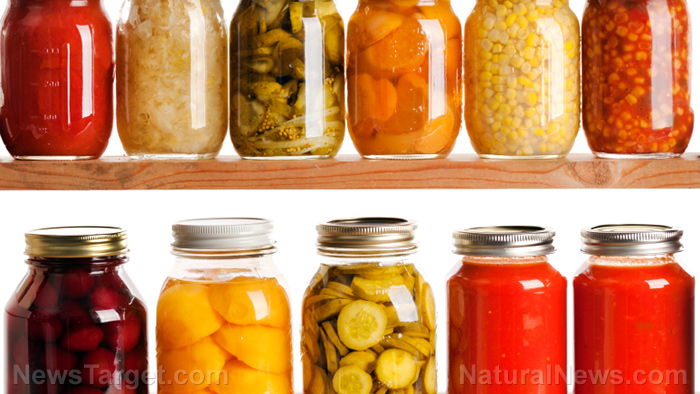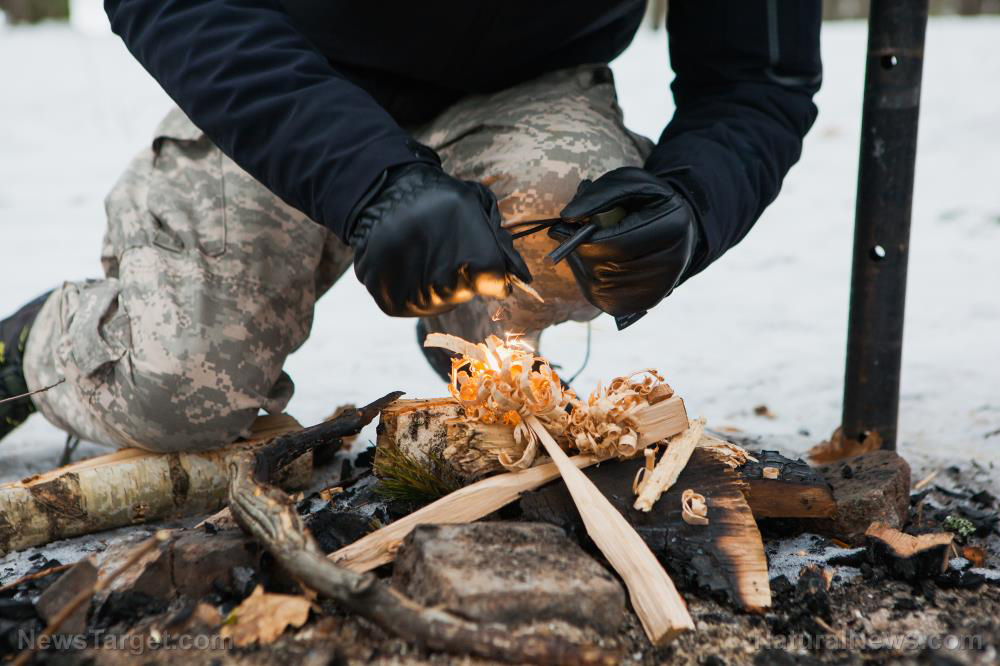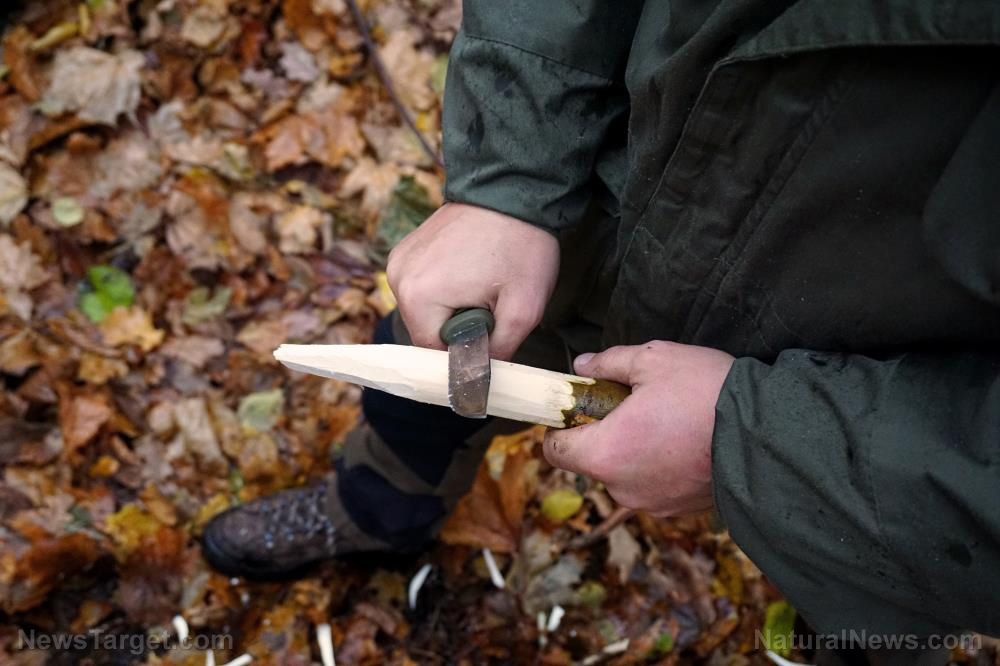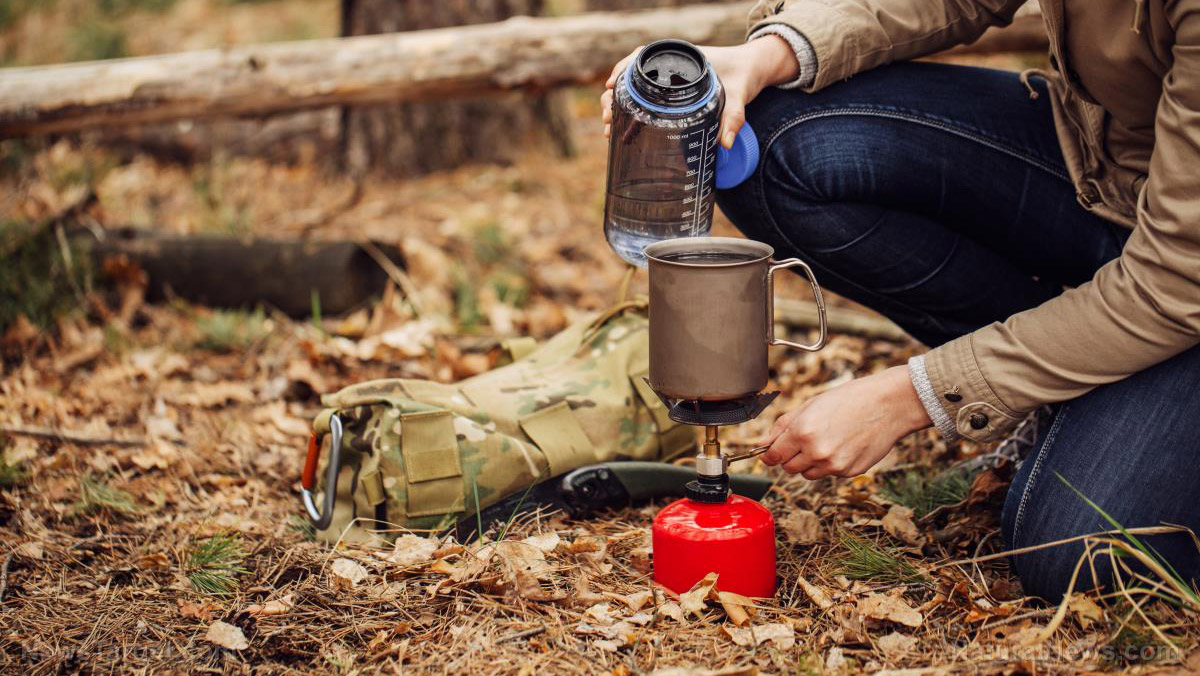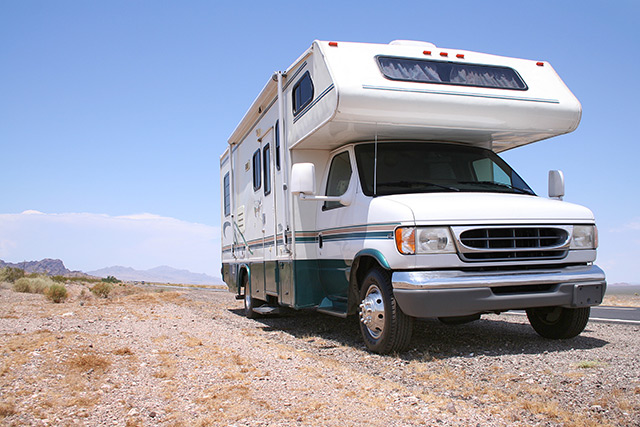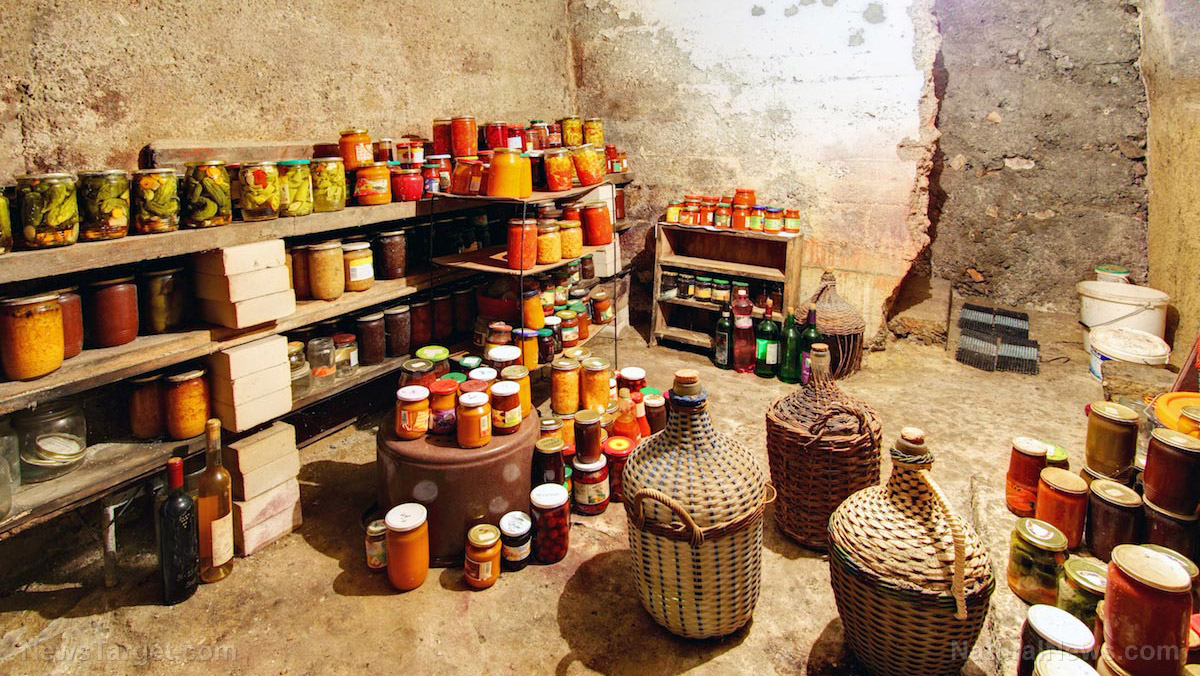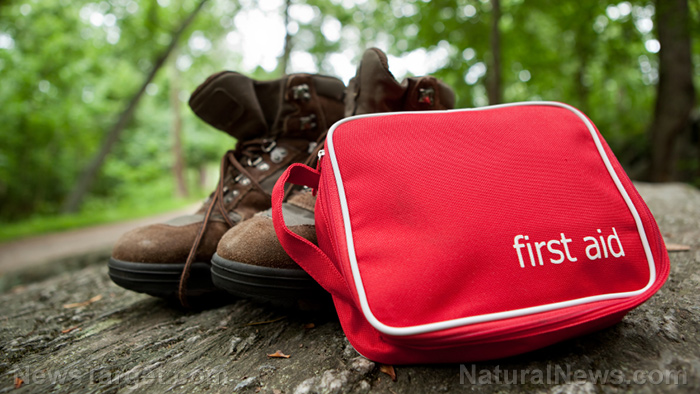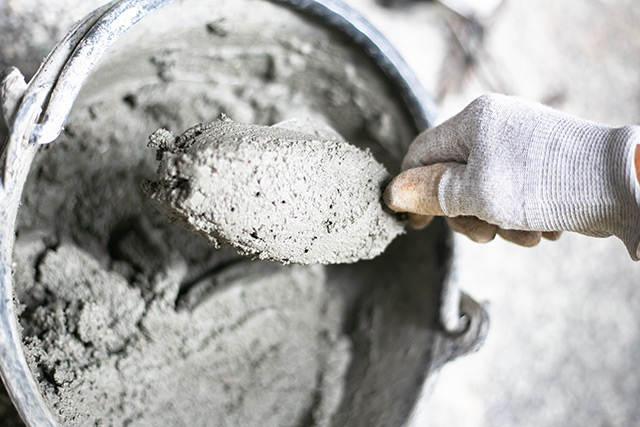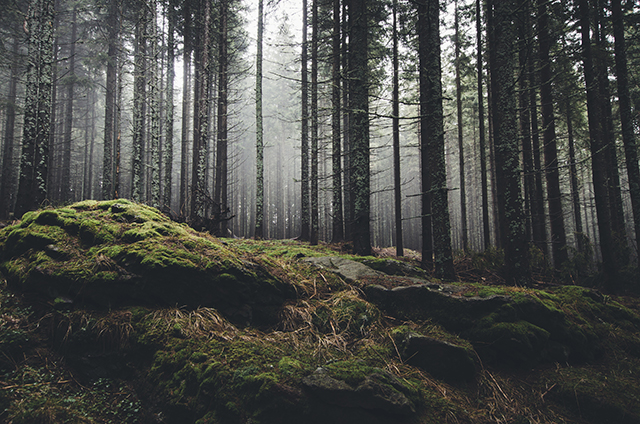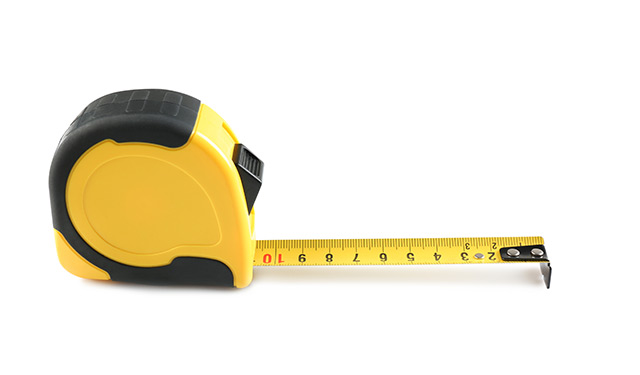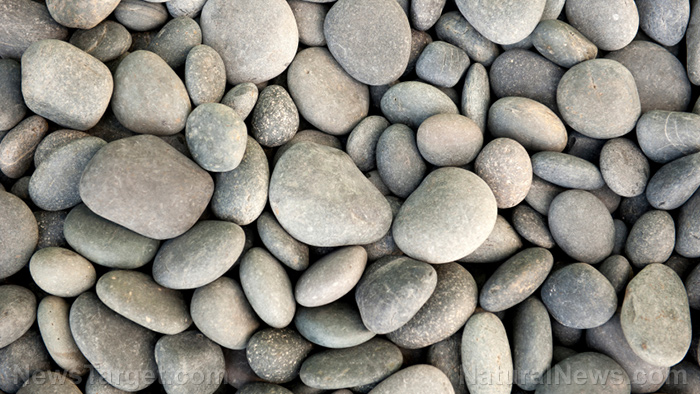It’s time you grew your own fruit-bearing trees for food – here’s how
08/01/2019 / By Janine Acero
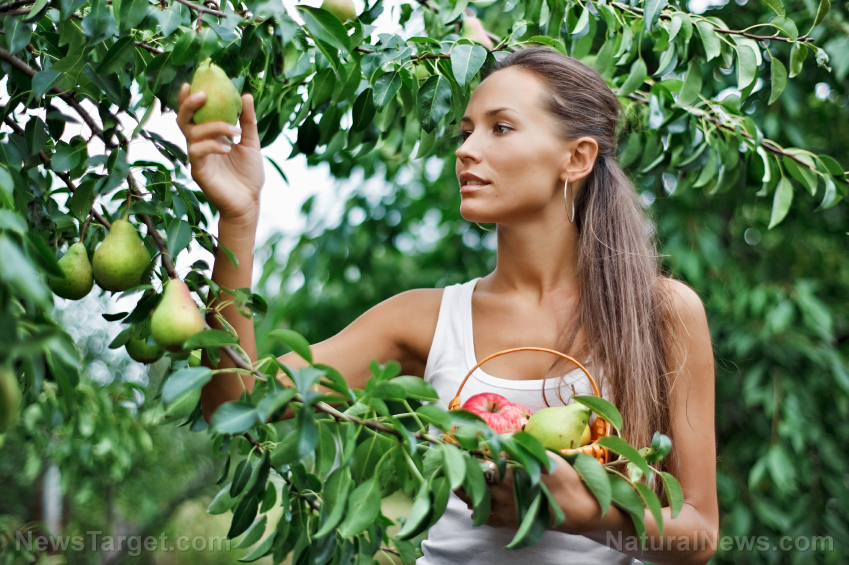
Preppers are resourceful individuals. They make the most out of what they have, including the space on their land or property. Growing your own food is a key component of prepping, and fruit trees are some of the best things to start planting around your land. Here are some tips for planting your own food-producing trees – and the most popular ones to choose from. (h/t to ModernSurvivalBlog.com)
The gift that keeps on giving
Who wouldn’t love planting things once and getting the rewards every single year? Growing your own food-producing trees will provide you with a plentiful supply without breaking the bank. Plus, it will keep on giving – way after you’ve earned back your capital.
Now, food-producing trees don’t grow overnight – not even in a week, a month, or a year. You could have had a fruit-bearing tree by now if you started planting 10 years ago, but don’t worry – you can still start today. However, you really have to start planning and preparing today if you want to have your own produce in another 10 years or so.
If you’re determined to start your journey to sustainable living, here are the top 10 most popular food-producing trees you can start planting:
Considerations for planting fruit trees
Don’t be so quick to buy your first seeds or transplants just yet – first, you have to determine what kind of trees will grow well in your area. Here are some things to consider before planting your fruit trees.
The power of the elements: Discover Colloidal Silver Mouthwash with quality, natural ingredients like Sangre de Drago sap, black walnut hulls, menthol crystals and more. Zero artificial sweeteners, colors or alcohol. Learn more at the Health Ranger Store and help support this news site.
Soil pH, fertilizers, climate
The right type of soil ensures that your trees will grow healthy and yield plenty of fruit. Like most plants, fruit trees grow best in soil with good drainage and plenty of nutrients. Check if the soil around your property is well-drained with a sandy, loamy texture.
Fruit trees need deep soil to support their deep root systems – at least three feet of topsoil. Heavy clay soils, overly rocky soils or soils lacking in nutrients can stunt tree growth. That said, if you’re located in an area with clay soil, there are ways that you can “amend” or improve it, so you can still plant and grow some trees. (Related: A guide to planting fruit trees in poor-quality soil.)
Soil testing determines the pH level of your soil. Soil pH is measured on a scale of 1 to 14: Low numbers indicate acidic soil, while high numbers indicate alkaline soil. A pH of 6.6 to 7.3 is neutral.
Most fruit trees grow well in soil with a pH range between 6.0 to 6.5, but there are exceptions. Blueberries, for instance, will produce a bumper crop if grown in acidic soil – around a pH of 5.0. If your soil pH is too far out of range for a specific tree, it will not be able to best use the nutrients in the soil.
You can amend your soil to get the optimal pH range suitable for the type of tree you’re planting. If soil tests reveal an acidic pH, add some lime to help raise the pH level and make it more suitable for fruit trees. If the soil is a little too alkaline, add some sulfur to lower it.
Clay soils in some areas are nutrient-rich but have poor drainage. If you’re planting in clay soil, you may not need to add much fertilizer, but you can add some compost to improve drainage. On the other hand, adding a layer of mulch over the surface of the soil will help overly sandy soils retain moisture. Springtime applications of a balanced fertilizer will help amend soils with low nutrient levels.
Fruit trees prefer organic, high-nitrogen fertilizers. Some excellent sources of organic nitrogen fertilizers include blood meal, soybean meal, composted chicken manure, cottonseed meal, and feather meal.
Hardiness zones are used as a guide in selecting appropriate trees for particular areas. The climate zones are determined by average minimum yearly low temperatures.
USDA Plant Hardiness Zone:
- Zone 1: Below -50 F
- Zone 2: -50 to -40 F
- Zone 3: -40 to -30 F
- Zone 4: -30 to -20 F
- Zone 5: -20 to -10 F
- Zone 6: -10 to 0 F
- Zone 7: 0 to 10 F
- Zone 8: 10 to 20 F
- Zone 9: 20 to 30 F
- Zone 10: 30 to 40 F
- Zone 11: 40 to 50 F
- Zone 12: 50 to 60 F
- Zone 13: 60 to 70 F
That said, one “trick” is to look around your neighborhood and see what’s growing.
In most parts of the U.S., fruit trees should be planted in early spring. In areas where winters are mild (those at Zone 7 and the South), fall is the best time for planting. Planting in very late summer and early fall allows roots to settle in before winter sets in and before the trees leaf out the following spring. However, fall planting could be a little risky where winters may cause damage.
You can plant a fruit tree in the spring – just be sure to give it regular watering all season long until winter comes.
Plant immediately
Plant the trees the day you get them, if possible. If the weather isn’t cooperating, keep the roots moist until you can plant. Bare-root trees are wrapped in moist peat or a similar material when you get them; leave that intact and add water as needed.
If you have a balled-and-burlapped tree, water it as needed. A balled-and-burlapped tree is a transplant that is sold to a consumer after it was planted, dug up with the whole root ball (soil and roots), and wrapped in burlap.
[IMAGE REQUEST]
For bare roots, soak them in a bucket of water for a few hours before planting. Keep them in the water until you’re ready to plant them. Dig planting holes a few inches deeper and twice as wide as the roots spread. Be sure to match the hole size with the type of rootstock.
Set trees on standard rootstocks (including dwarf varieties) with the graft union a few inches below soil level to reduce root suckering. When the plant grows and new root stems grow away from the main root stem – that’s called suckering. On a grafted plant, anything that grows below the graft union is considered a sucker. If the tree is budded high, like a foot or so off the ground, set it a few inches deeper than it grew.
Set trees on dwarfing rootstocks with the graft union several inches above the soil.
Set interstem trees with the interstem half above and half below the soil.
In all three cases above, set your trees a little bit higher than you want them. Mound the soil up slightly (three to four inches high and one foot in diameter) around the trunk to help drainage.
Things to remember:
- Don’t add fertilizer of any kind to the planting hole or drastically change the soil texture.
- Never add any materials that might burn the roots, such as chemical fertilizers, fresh manure, or mothballs.
- You can mix compost into the planting hole, but only if the soil is very poor. Don’t add more than a few shovelfuls to avoid changing the soil texture, which may cause poor drainage.
Potted fruit trees
If your land is not optimal for planting trees, you can grow potted fruit trees with commercial potting soil, or you can make your own by mixing sand, peat and perlite or bark in equal proportions to create a potting mixture. Be sure to use a mixture that has good drainage while still retaining plenty of moisture for the tree roots. To ensure excellent drainage, choose a pot with large drainage holes, line the bottom with screen, and place a layer of gravel in the bottom of the pot.
Visit HomeGardeningNews.com for more tips on growing your own food-producing crops.
Sources include:
CountryLivingInACaribooValley.com 1
Tagged Under: clean food, Fresh, fruit, fruit trees, fruits, green living, home gardening, Homegrown, homesteading, off grid, organics, planting trees, preparedness, prepper, prepping, self-reliance, survival, survival food, sustainable living, trees
RECENT NEWS & ARTICLES
COPYRIGHT © 2017 · SURVIVAL NEWS

